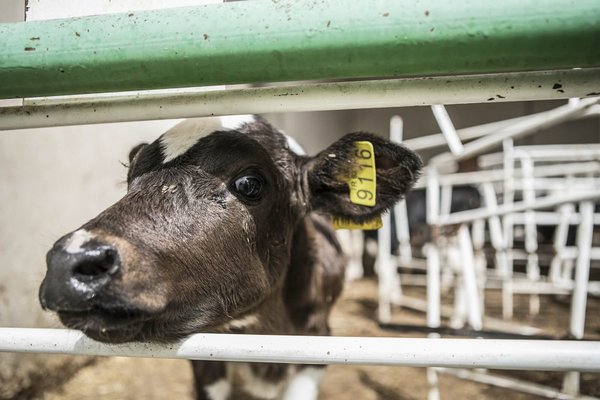- Share this article
- Subscribe to our newsletter
Resistance to antimicrobials is rapidly increasing
Antimicrobial-resistant infections are increasing rapidly in animals in low- and middle-income countries, the ETH Zurich reported in September 2019. In certain regions, the antimicrobials most frequently used in animals have almost completely lost their efficacy to treat infections.
To show where and in which animals species resistance occurred for the common foodborne bacteria Salmonella, E. coli, Campylobacter and Staphylococcus, researchers created the open-access web platform www.resistancebank.org.
Limited surveillance capacities in low- and middle-income countries
To meet the growing global meat demand, animal husbandry has been intensified, with among other things, an increased reliance on the use of antimicrobials. Farmers use antimicrobials to treat and prevent infections for animals raised in crowded conditions, but these drugs are also used to increase weight gain, and thus improve profitability.
Such excessive and indiscriminate use of antimicrobials has serious consequences: the proportion of bacteria resistant to antimicrobials is rapidly increasing around the world, the researchers say. Drugs are losing their efficacy, with important consequences for the health of animals but also potentially for humans.
Low- and middle-income countries have limited surveillance capacities to track antimicrobial use and resistance on farms. Antimicrobial use is typically less regulated and documented there than in wealthy industrialised countries with established surveillance systems.
Resistance hotspots in Asia and South America
According to the researchers, the regions associated with high rates of antimicrobial resistance in animals are northeast China, northeast India, southern Brazil, Iran and Turkey. In these countries, the bacteria listed above are now resistant to a large number of drugs that are used not only in animals but also in human medicine. An important finding of the study is that so far, few resistance hotspots have emerged in Africa, with the exception of Nigeria and the surroundings of Johannesburg.
(ETH Zurich/ile)
Reference:
Van Boeckel TP, Pires J, Silvester R, Zhao C , Song J, Criscuolo NG, Gilbert M, Bonhoeffer S, Laxminarayan R. Global trends in antimicrobial resistance in animals in low- and middle-income countries. Science 365, 2019, doi: 10.1126/science.aaw1944
More information at ETH Zurich website: ethz.ch/en/news-and-events/eth-news/news/2019/09/antimicrobial-resistances-on-the-rise.html





Add a comment
Be the First to Comment